If you ask an experienced dive traveler to name the best places in the world to scuba dive, their answer probably won’t include the Solomon Islands…because they’ve never been there. Before the pandemic, fewer than 25,000 people visited the Solomon Islands each year. The number is even lower these days.
For perspective:
50,000 people per day visit Disneyland or Sentosa (on average) 25,000 visitors is a peak day at the Eiffel Tower 3 million tourists visited the Great Barrier Reef each year (pre-pandemic) Fiji received an average of 800,000 visitors per year (2014 -2019)The Solomon Islands aren’t just off-the-beaten-path, they’re off the radar and not because they’re particularly hard to get to. You can fly directly to Honiara, the main city, from Brisbane, Australia and Nadi, Fiji. Sure, The Solomon Islands aren’t as well-connected as The Cayman Islands; but they’re well worth the extra effort, especially if you enjoy liveaboard diving.
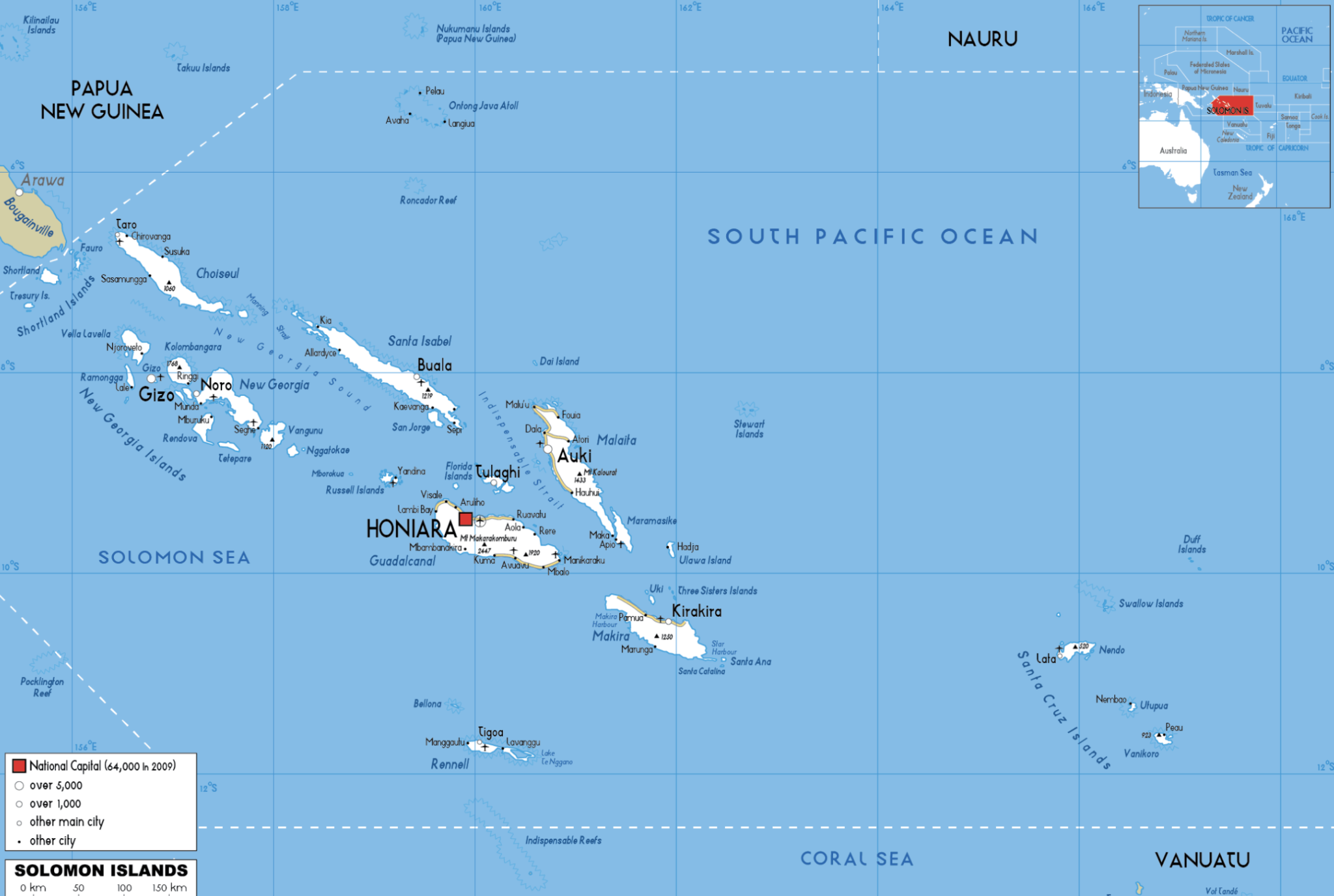
Looking back at ten years of extensive dive travel I did before the pandemic, the Solomon Islands liveaboard trip remains a favorite. It had a little of everything:
Bucket list critters – including: frogfish, pygmy seahorses and a mantis shrimp Unusual flatworms and nudibranchs – some we couldn’t find in the ID book Manta ray encounters – at two different dive sites Photogenic caverns – with dramatic beams of light shining down from the surface Colorful reefscapes – covered in kaleidoscopic fish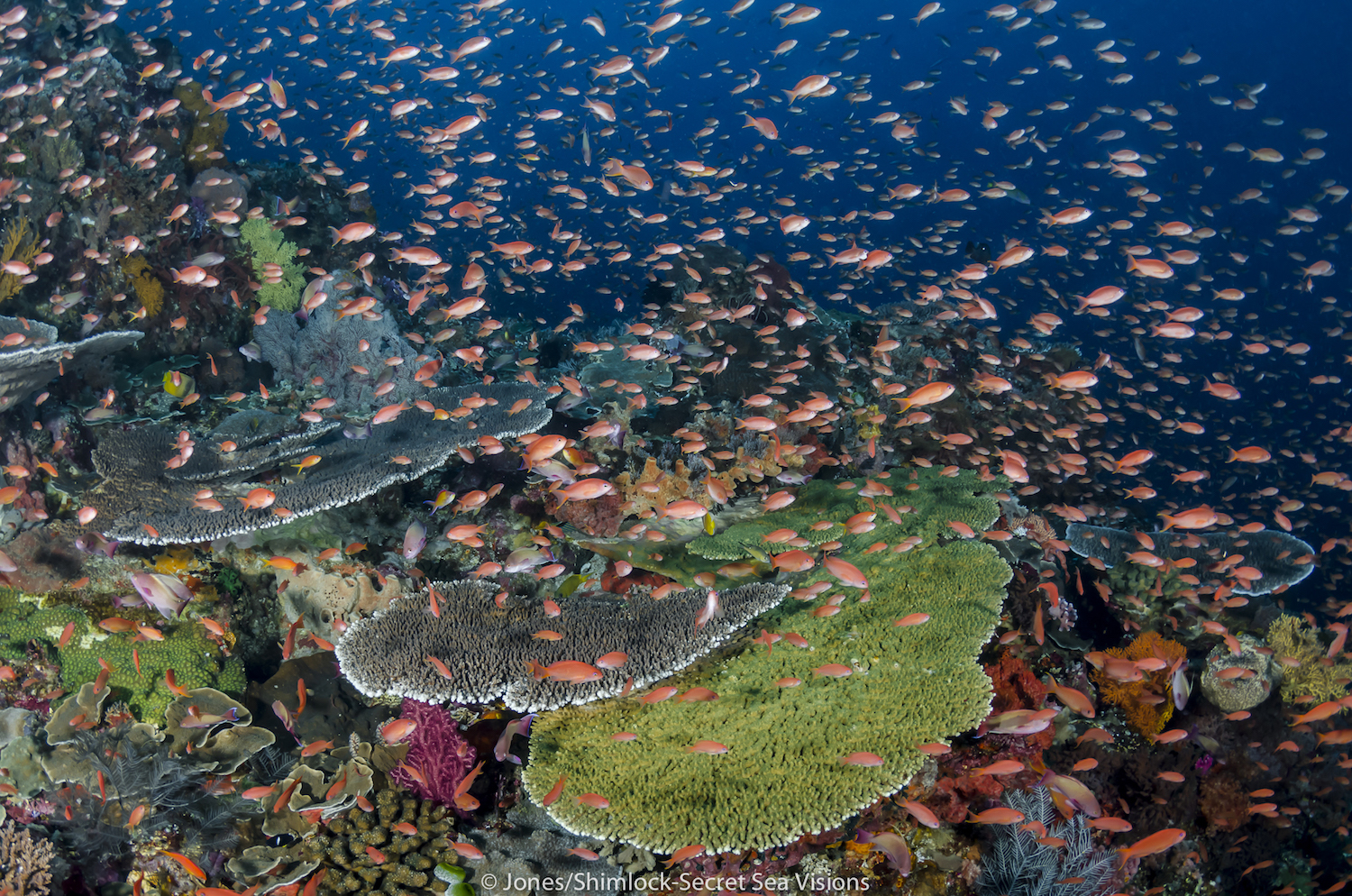
The surprising things that weren’t on my diving to-do list made the trip extra-special. Things like:
Black and white clownfish bouncing around in a strawberry anemone Hearing the rumble of an underwater volcano Seeing a (small, sleeping) saltwater crocodile Throwing bags of popcorn to local kids in dugout canoesIf you’re the sort of person who likes to travel because you love immersing yourself in another world, the Solomon Islands could be the perfect dive destination for you.
Top 5 Dive Sites in The Solomon Islands
Below are some of the best dive sites in the Solomon Islands that aren’t wreck dives.
Devil’s’ Highway (Florida Islands) – There are two places in the Solomon Islands where you can reliably dive with manta rays. On a good day, you can see up to a dozen of these gentle giants. Whether the dive site is named for the “devil rays” or the strong current, I’m not sure.
Leru Cut (Russell Islands) – If you’ve seen a photo that shows diving in the Solomon Islands, it’s probably Leru Cut. You swim through a canyon and emerge in the middle of an island with trees towering overhead, vines dangling down and birds flying above you.
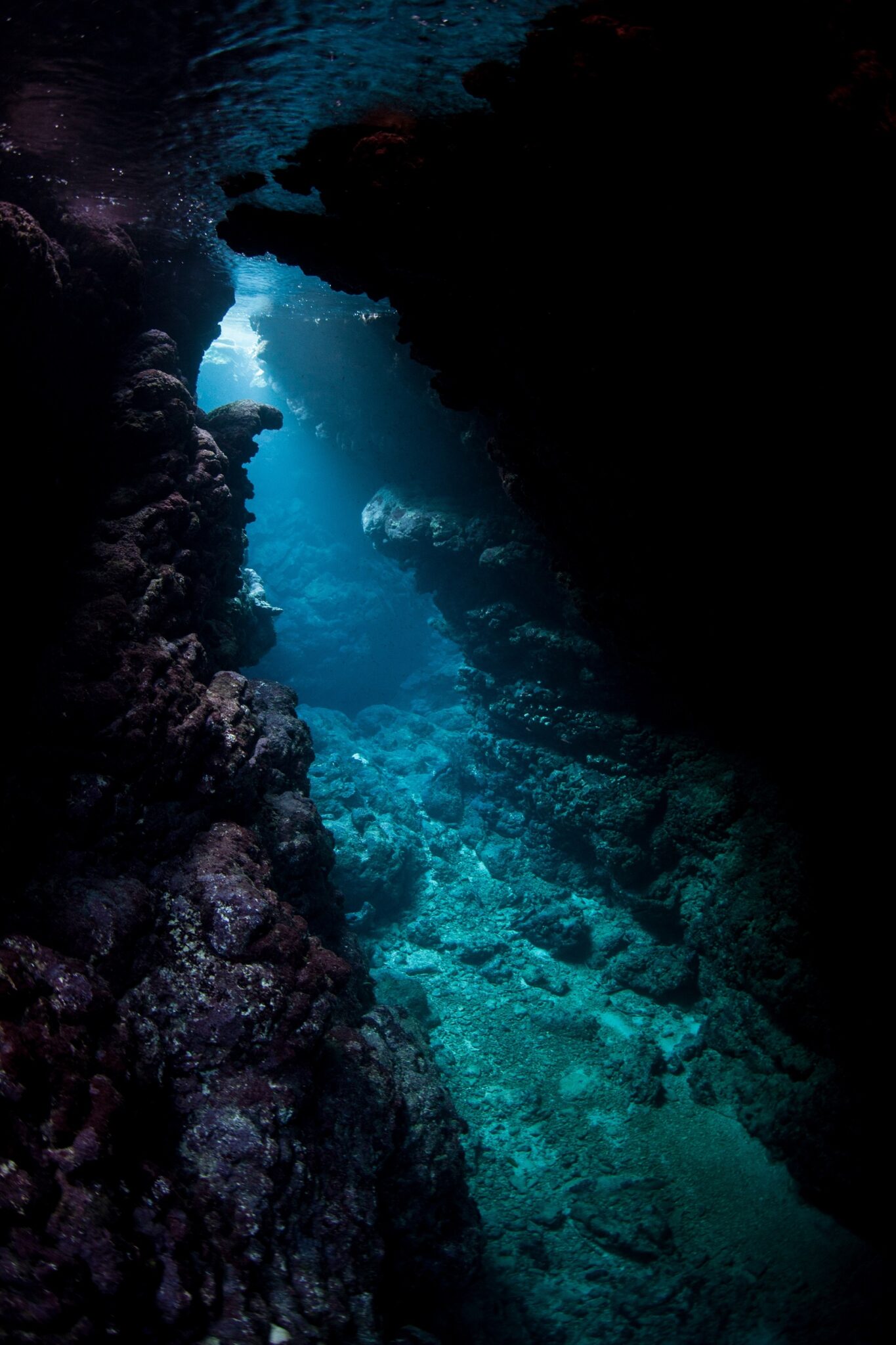
Twin Tunnels (Florida Islands) – The twin lava tubes are just one of this dive site’s many intriguing features. There are massive schools of fish, fan corals with pygmy seahorses, cuttlefish, hairy squat lobsters, nurse sharks and much, much more.
Mborokua/Mary Island – This is a bit of a cheat as there are multiple dive sites at Mary Island, Barracuda Point being the most famous. Other wide-angle attractions at Mary Island (also known as Mborokua) include schooling jacks, bumphead parrotfish and reef sharks. You may also hear rumbling from an underwater volcano.
Morovo Lagoon (New Georgia Island) – Marovo Lagoon is the largest saltwater lagoon in the world. Its most famous dive site is the manta ray cleaning station, but that’s just one of several stunning dive sites in the area.
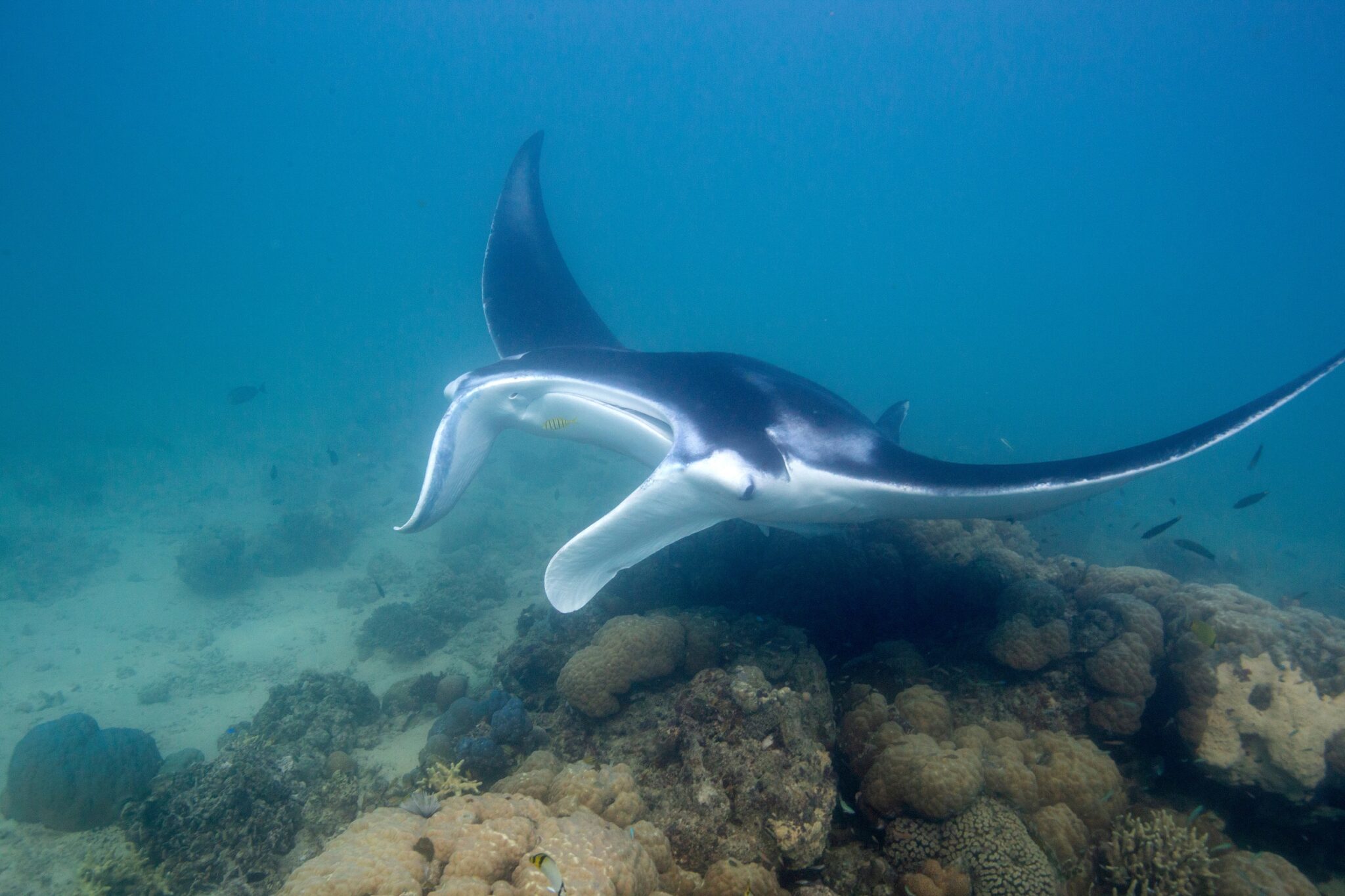
Solomon Islands Wreck Diving
If you’re a wreck diving or WWII enthusiast, the Solomon Islands are a must-visit destination. The Battle of Guadalcanal was an important turning point for the Allied forces and there are historical sites both above and below water including war memorials and museums, abandoned American Stuart tanks and fighter planes from both sides.
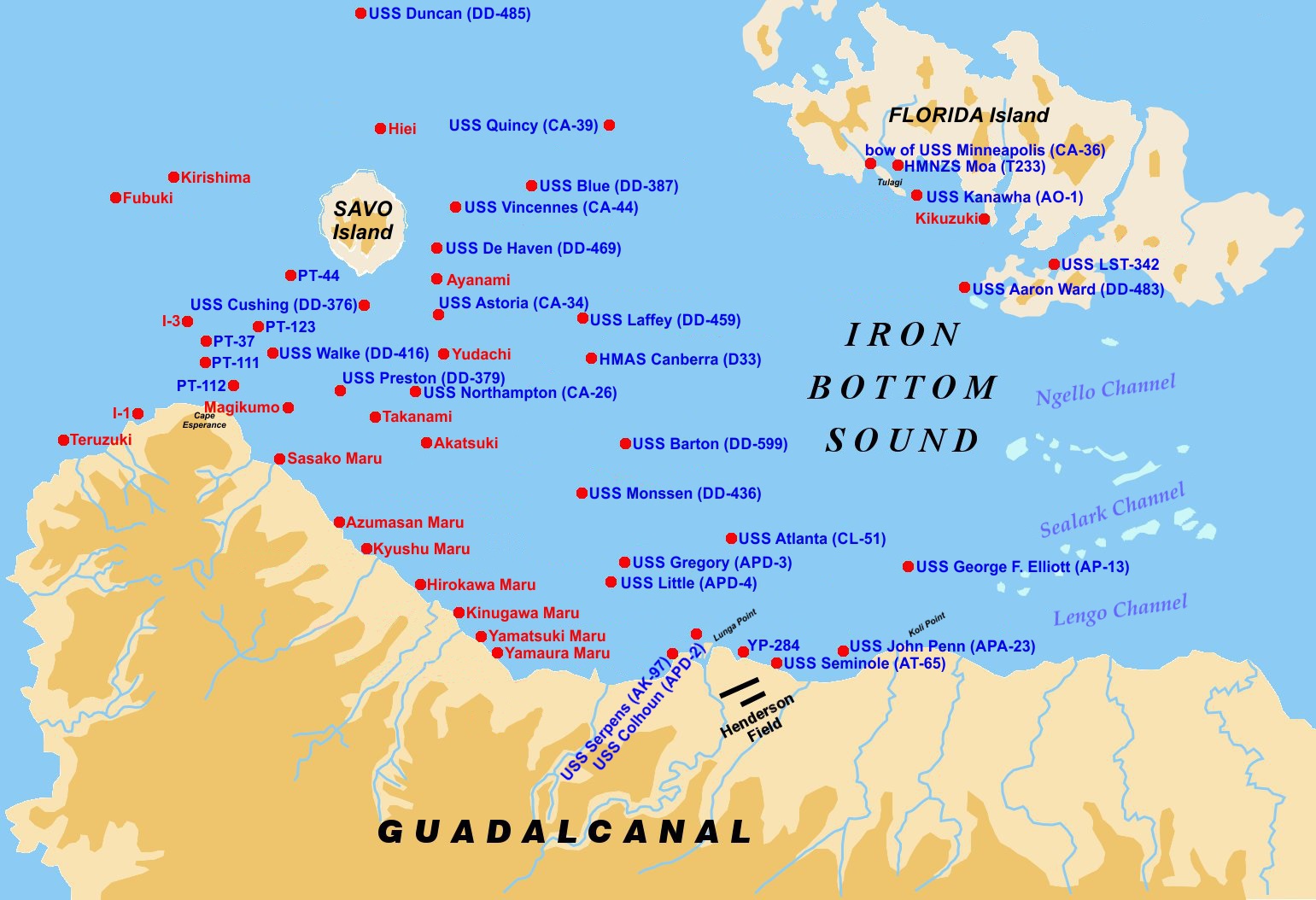 NOTE: some wreck positions are not exactly known
NOTE: some wreck positions are not exactly known
By User:W.wolny, uploaded from German wikipedia by Vvulto; new version uploaded by Cobatfor,
CC BY-SA 3.0, https://commons.wikimedia.org/w/index.php?curid=33710825
Bonegi – Three Japanese WWII wrecks, The Hirokawa Maru, Kinugawa Maru and Kysyu Maru are all within a 30-minute drive of Honiara (where the main airport is located). All three are shore dives with the top of each wreck just a few meters (about 10 feet) below the surface.
Munda (New Georgia Island) – Most people dive the plane wrecks of Munda from a liveaboard, but you can also take a one-hour flight from Honiara and book with a local dive operator. In addition to the WWII wrecks, there are colorful coral gardens and plentiful marine life.
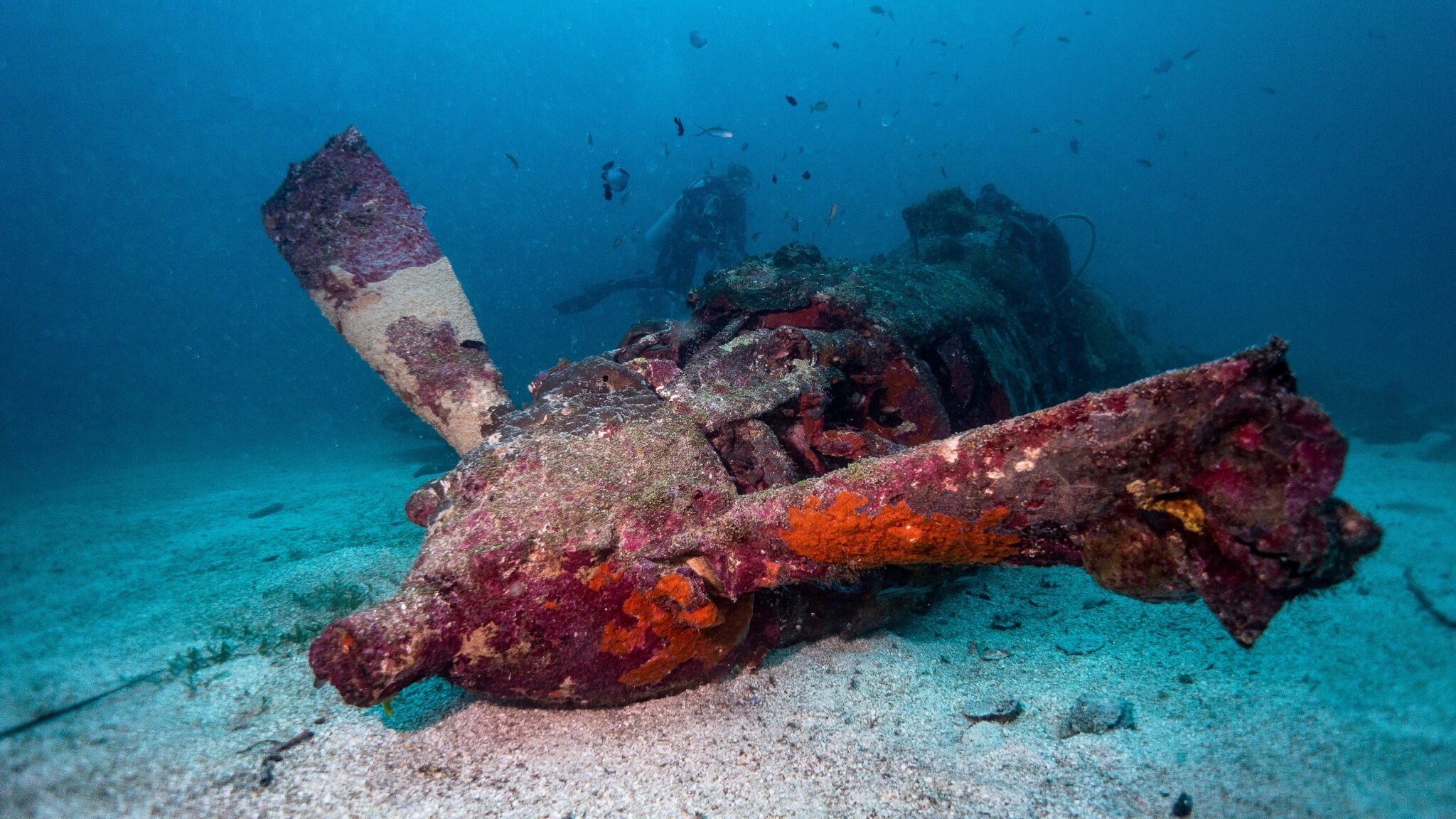
The Best Time to Dive the Solomon Islands
Diving is good year-round in the Solomon Islands, even during the rainy season (Jan-Mar). Water temperatures are consistently 27-31°C/81 to 88°F and visibility averages 15 m/50 ft. When I visited (in August) visibility was nearly always 18m/60ft or better.
The experts at PADI® Travel can help you plan the perfect wreck diving or WWII history trip to the Solomon Islands. For a more diverse diving experience (not to mention perspective-changing village visits) I highly recommend a liveaboard, even if you’ve never done one before.
Go Deeper…
Share This
